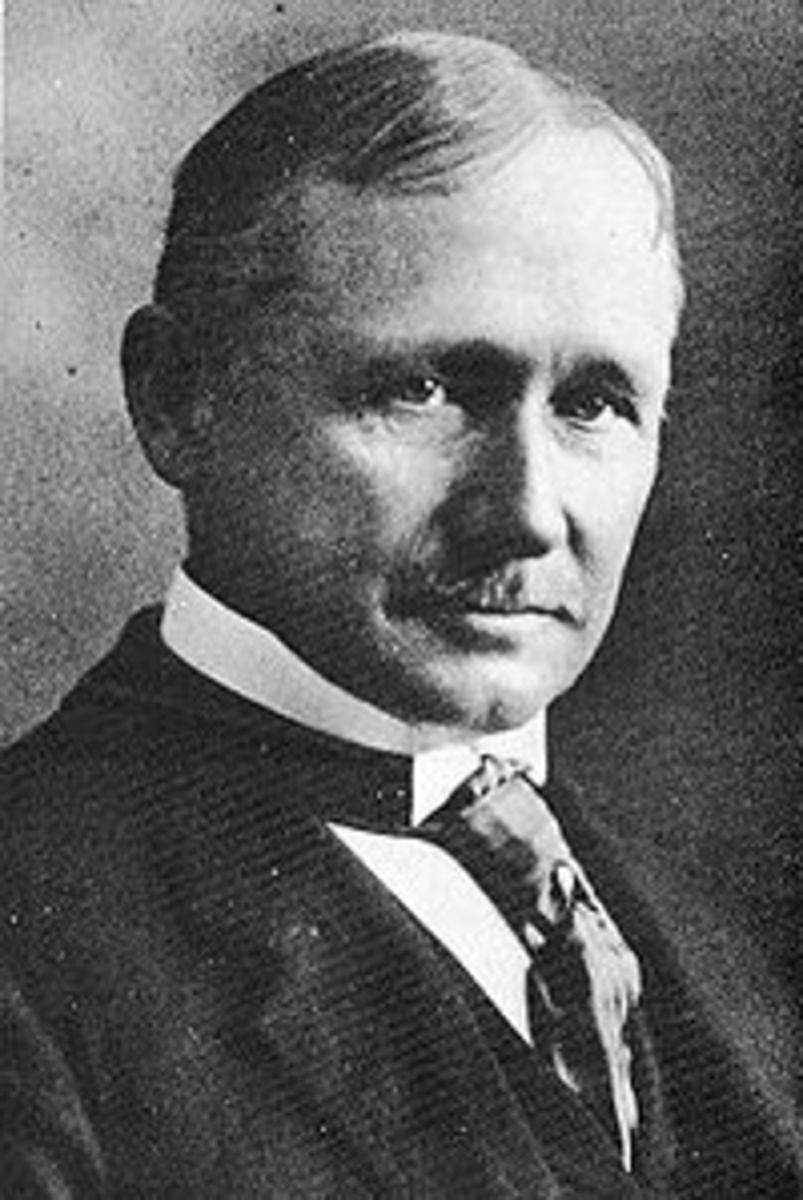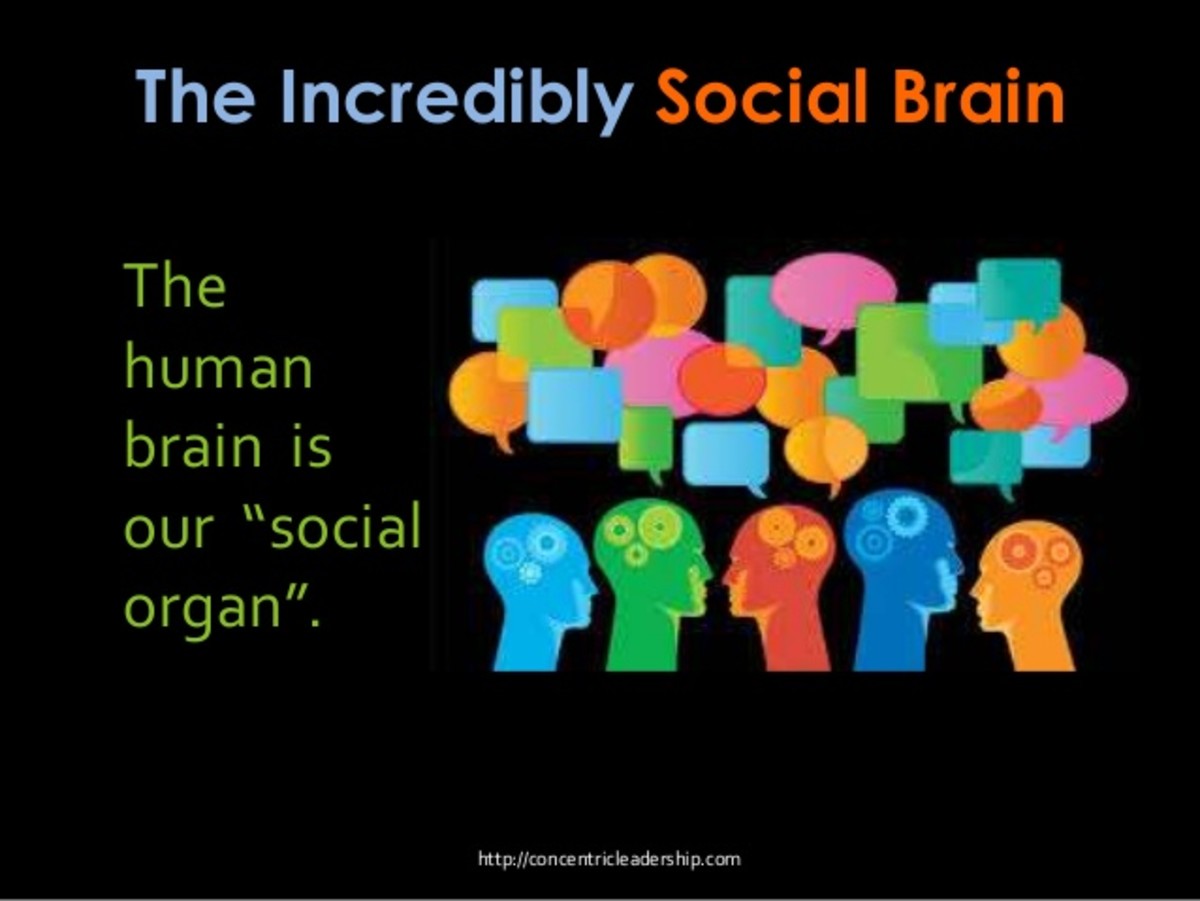Pushing Back Against the Nudge Theory
An Introduction to Nudge Theory
The book “Nudge” has become popular in politics and system design. The Behavioral Insights Team or “Nudge” Unit in the federal government raises the specter of Big Brother giving people the illusion of choice while presuming to know better than the average person.
Those in favor of the “nudge’ mentality in government regulations and program roll outs believe that these things are for our own good, and that freedom isn’t eroded as long as we have some type of choice. Opponents bring up that nudges are simply a gentler and less obvious form of state coercion.

Why the Push Back on Nudge Theory?
When parents given their children a set of limited, pre-approved choices, they are teaching children to make choices while ensuring that they can't make an unacceptable one. However, legal adults are not children, though Nudge Theory can place the nanny state in that position over people.
“Nudges” as political policy erodes people’s right to dissent and act as they truly choose, instead of choose from the two or three approved options. Nudge theory isn't limited to government policy, though Cass Sunstein's acolytes favor its use in expanding the reach of a paternalistic state.
However, the behavioral concepts behind “Nudge” can be integrated into business. In fact, many businesses are using nudge theory to give users the list of approved choices while shaping the environment to direct them to the most profitable choice.
Nudge theory can be applied to information technology, where the complexity of the underlying system is truly beyond what most users can understand. Yet poor applications of Nudge theory lead users to push back even in this case where it is of the greatest benefit without the moral concerns of a government treating people as hapless subjects.
What are some examples of “Nudge” done right versus those done wrong?

Nudge Theory in IT - Right and Wrong
Right
| Wrong
|
|---|---|
The option to always install new versions of Adobe is selected by default but you clearly have the option to be prompted to update and control of when it updates.
| Windows pushes you to upgrade to Windows 10 even though it isn’t compatible with all of your applications. And if you accidentally select to run system updates and security patches and it starts updating the OS from 8 to 10, you can’t roll it back very easily.
|
People’s personal information from their profiles is automatically populated in online forms they are filling out, for convenience, but they have the option to change it.
| User profiles are filled in and set up for them, and changing anything from billing information to profile settings is a challenge.
|
The most common selections on software installation are the defaults on every screen, but users have the option to change any of them and links to information regarding what each selection does.
| Windows 10 shares all of your information on the cloud as well as files kept only on your system, scanning and surveying for advertising purposes with the potential of it all being available to the NSA via Windows’ servers, too. That is, unless you go through a ten page process to turn it all off, which the company made so time consuming and complex that most users don’t do it and only technology gurus researching it in detail discovered how to truly do it. Coupled with the fact that the immediately obvious no option people could choose didn’t turn off information sharing as they’d expect, Microsoft has lost the trust of many of its customers for assuming your data is their data if you use their operating system.
|
When you sign up for a service, the option to receive marketing messages is selected but you clearly have the option to tailor the messages you do and do not receive.
| You’re automatically opted in to marketing messages, and it takes layers of bureaucracy to opt out.
|
Double sided printing as a default on all printers saves paper
| Preventing the option to print single sided printing creates problems for those times it is required.
|
People are given incentives to use wearable sensors to track activity levels and use them.
| Use this wearable sensor and track all your data or face steep increases in your health insurance plan, regardless of the privacy concerns or hassle its use creates.
|
site like Amazon shows you a row of products that it thinks you will like based on what you’ve been browsing, searching for, watching or listening to. And the site lets you flag items as something you’re not interested in, while not splashing the promotions annoyingly across the page.
| Welcome to our website – here are pop up ads based on generic information and assumptions about you, and you can’t minimize them or correct them.
|
A benefits website lets you enter in multiple scenarios and clearly see the price you would pay with and without benefits in each case.
| The original version of the Obamacare sign up website where you had to essentially complete sign up to see what you’d pay. The problem occurred because price information was intentionally hidden from users, since they may not sign up for the greater coverage plans the government thought was better for them if they saw the cost. The site loses more points for not being updatable online, such as trying to switch plans when people found out doctors listed on the website weren’t actually accepting the healthcare exchange insurance policies, needed to add a new baby but couldn’t without multiple calls to the call centers or had incorrect federal subsidy information associated with the account so they ended up paying more than expected but couldn’t then change to a cheaper plan.
|
People are given five to ten choices that cater to a wide range of preferences.
| People get two or three choices, which exclude a large set of preferences that users want. In short, they’re preferred options aren’t on the list and nothing there is close, so the choice is an illusory one.
|
People have the right to control how their information is used.
| Those who collect data are not accountable for its use, or in too many cases, are not informed of how it is actually used.
|
Nudge Theory - When It Becomes a Shove
In every case of Nudge theory gone wrong, one or more of the following occurred:
- People lost real freedom of choice, where they have far fewer options than before.
- People have options they previously exercised take away, regardless of popularity or the flexibility it granted them.
- They were not given them the information required to make an informed choice.
- Users were lied to about how information was used, or critical information was withheld because they wouldn't make the "right" choice if they did know it.
- People lose privacy in the name of their so-called superiors having the information they need to make decisions for the unwashed masses.
- People are punished for making decisions they previously made.





